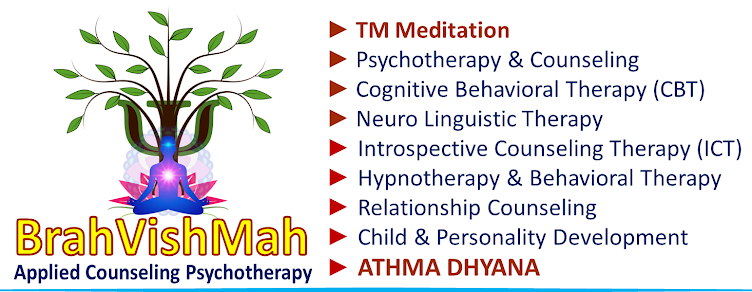1) Pain and stiffness all over the body
2) Fatigue and tiredness
3) Depression and anxiety
4) Sleep problems
5) Problems with thinking, memory, and concentration
6) Headaches, including migraines
7) Tingling or numbness in hands and feet
8) Pain in the face or jaw, including disorders of the jaw known as temporo-mandibular joint syndrome
9) Digestive problems, such as abdominal pain, bloating, constipation, and even irritable bowel syndrome
CAUSE
Certain genes you inherit from you biological parents might make you more likely to develop fibromyalgia. Studies have found a link between biological parents who have fibromyalgia and their children — this might mean it’s passed down through families. Experts haven’t found the direct link yet, but they think genetic mutations in the genes responsible for forming the neurotransmitters in your brain that broadcast and receive pain signals to your body might cause fibromyalgia.
TRIGGER FACTORS
1) Emotional stress caused by your job, financial situation or social life.
2) Changes in your daily routine
3) Changes in your diet or not getting enough nutrition
4) Hormone changes
5) Not getting enough sleep or changing when you sleep
6) Weather or temperature changes
7) Getting sick
8) Starting new medication or treatments, or changing something in your usual fibromyalgia treatment routine
TREATMENTS AND THERAPIES
1) Over-the-counter (OTC) or prescription medicine to relieve pain.
2) Exercises like stretches or strength training.
3) Sleep therapy
4) Cognitive behavioral therapy
5) Stress management therapy
5) Antidepressants
MANAGEMENT
1) Non-pharmacological treatments: Your provider or a physical therapist will give you stretches and exercises to loosen, relax and strengthen your muscles and joints.
2) Psychological treatments: A mental health professional will help you identify ways to maintain a healthy self-image. They’ll suggest strategies to manage symptoms that affect your mental and emotional health.
3) Pharmacological treatment: Taking medicine to manage your symptoms.
4) Daily functioning: An occupational therapist can
help you navigate your daily routine if you’re experiencing severe symptoms
that make it hard to participate in your regular activities.





No comments:
Post a Comment